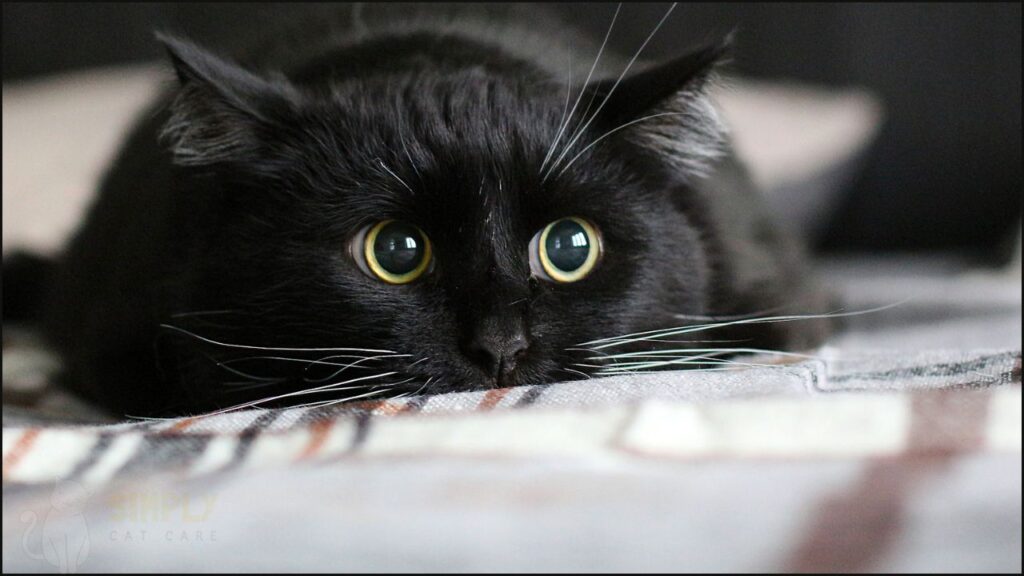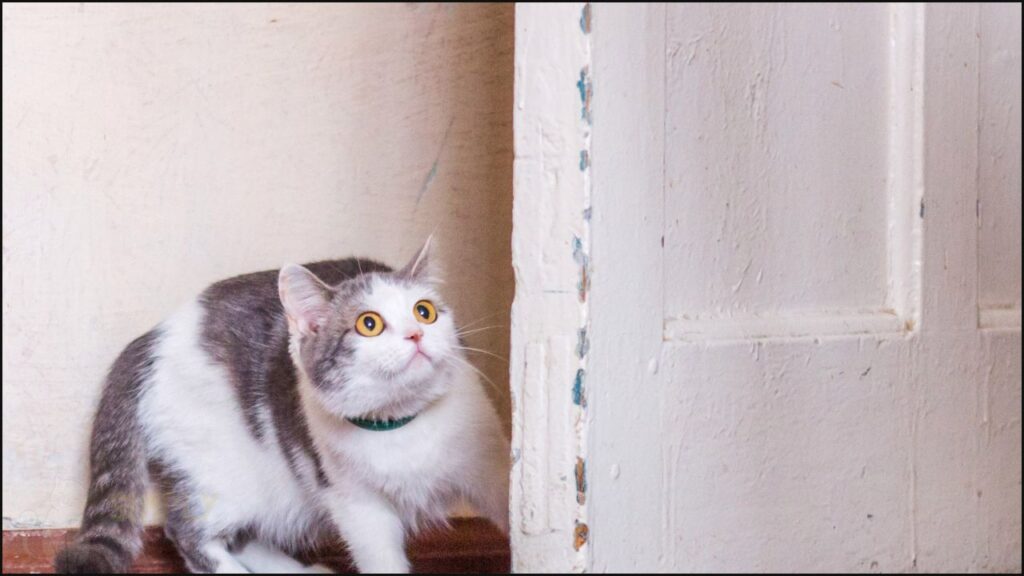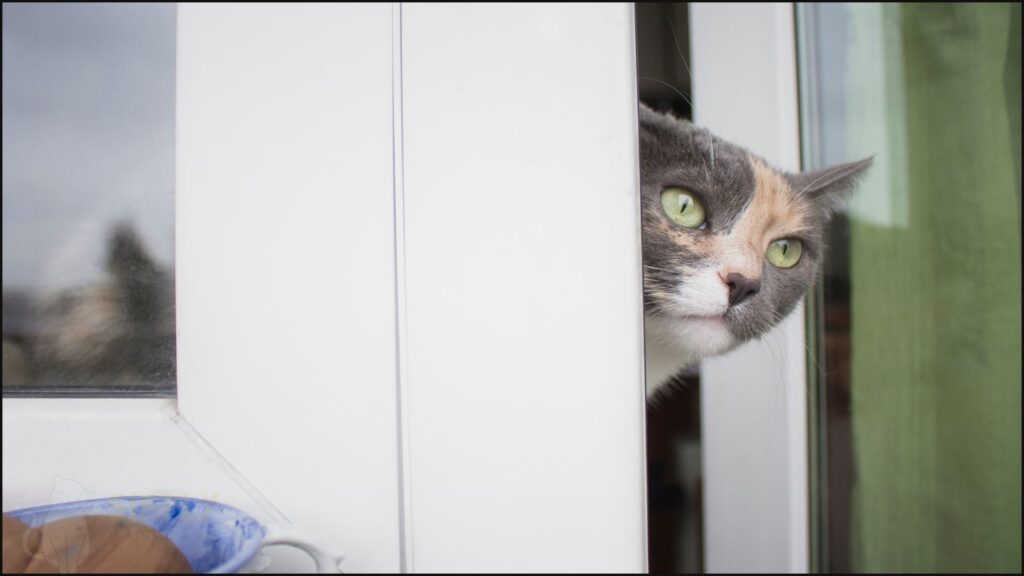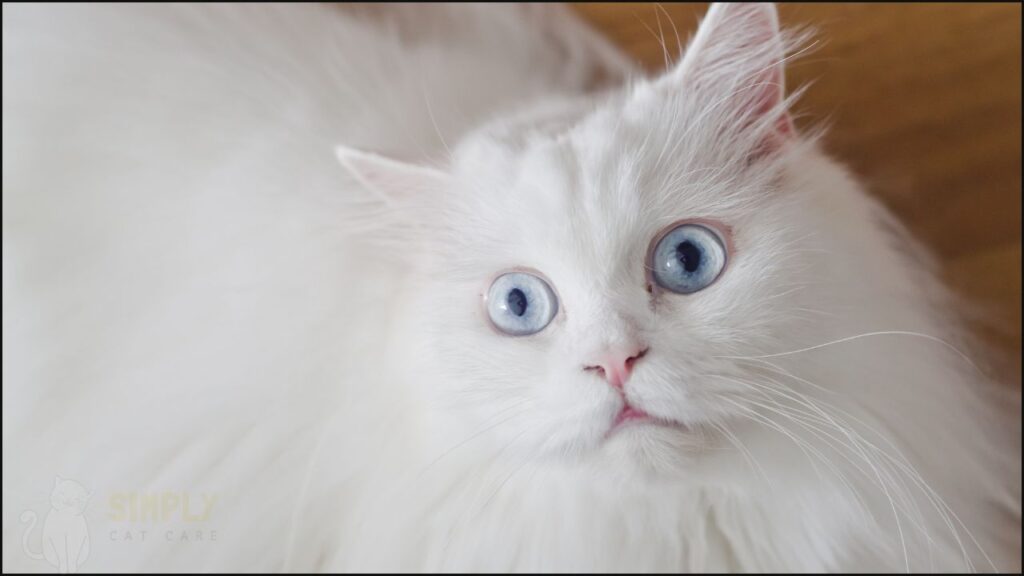Disclaimer
As a Chewy and Amazon affiliate, I earn from qualifying purchases. This does not impact our reviews and comparisons.
Why do cats have whiskers?
Although they seem a little odd, whiskers are an important part of your cat’s senses. They help your feline friend hunt, hide, and play.
Read on to find out more facts about cat whiskers.
I am not a veterinarian and I recommend seeking the advice of a vet for any further questions. This article is not intended as a replacement for medical advice.
7 Cool Facts About Cat Whiskers
1. Cat Whiskers Help With Hunting
Whiskers contain sensitive nerve endings that help with sense movement.
Cats have a hard time seeing objects in objects in front of their face. To overcome this, cats push their whiskers out to find out what’s in front of them.
The whiskers vibrate in response to the movement of prey.
The scientific name for whiskers is ‘vibrissae’. This vibrating feature is what gives cats an edge in their hunting efforts.
Cat’s whiskers can detect vibrations in the air and ground.
Sound frequencies cause the whiskers to vibrate at a rate of ~0.1s. The whiskers on the legs help cats with ground detection.

2. There Are 24 Cat Whiskers
Cats have 12 whiskers on either side of their face. The whiskers appear on the side of the nose, ears, and chin.
The distribution of whiskers helps your cat balance itself.
What’s more, whiskers are twice as thick as regular hair. Embedded deep in the cat’s skin, the whiskers are very sturdy.
3. Cat Whiskers Show Mood
Whiskers connect to the brain and reflect your cat’s mood.
Your cat can display its mood changes in several ways.
When your cat pulls its whiskers back, this position is a sign of fear. Whiskers pointed outwards show comfort or confidence.
Think about that next time your cat struts around the house with a swagger.

4. Cat Whiskers Help With Navigation
Whiskers connect to the brain and reflect your cat’s mood.
Your cat can display its mood changes in several ways.
When your cat pulls its whiskers back, this position is a sign of fear. Whiskers pointed outwards show comfort or confidence.
Think about that next time your cat struts around the house with a swagger.
The nerves of the whisker give your cat an idea of what kind of object it is coming into contact with, and send the information to the sensory areas of the brain.

5. Cat Whiskers Are Usually White
Whiskers form from rings of dead skin cells that rise and protrude from the skin.
During this process, the layer of cells on the outside falls away and leaves the unpigmented shaft to turn into a whisker.
The whiskers are usually white because melanin supplies the pigmentation of the fur. Without melanin, fur is white by default (hence, why dead skin is white).
6. Cat Whiskers Are Irritated With Small Bowls
A small bowl irritates a cat’s whiskers.
This causes a so-called ‘whisker fatigue’.
A better option is a flat saucer, or even a paper plate, which gives your cool cat an easier time accessing their food and drink bowls.
The bowl can be irritating especially if coming into contact with water. A cat finds getting its whiskers wet an unpleasant experience.
Learn more:
7. Cat Whiskers Should Not Be Trimmed
It might seem like a good idea to trim extra long whiskers, but this is not helpful to your pet.
Your pet needs its whiskers to help sense things in the environment.
Even trimming one whisker can be a harmful experience for your companion. It’s better to let your pet shed its whiskers, or get professionally groomed by a vet.

Conclusion
A cat’s whiskers are vital for health and life functions. Whiskers help with communication and help with navigation.
In a way, a cat’s whiskers are like another set of eyes. This is why it’s important not to trim the whiskers and let them grow to their full length.
